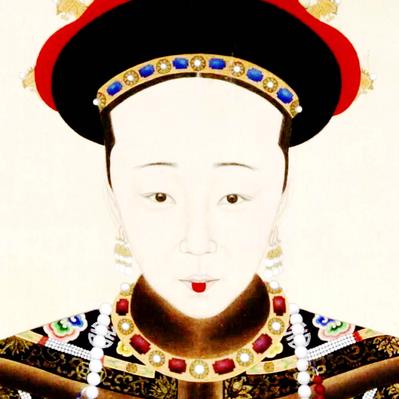
Empress Xiaomucheng
| Name | Empress Xiaomucheng |
| Title | Qing Dynasty empress |
| Gender | Female |
| Birthday | 1781-01-01 |
| nationality | Qing dynasty |
| Source | https://www.wikidata.org/wiki/Q837286 |
| pptrace | View Family Tree |
| LastUpdate | 2025-10-27T03:40:16.291Z |
Introduction
Empress Xiaomucheng (1781 – 17 February 1808) was a consort of the Daoguang Emperor of the Qing dynasty. She belonged to the Manchu Bordered Yellow Banner Niohuru clan. Her personal name has not been recorded in historical sources.
Family Background:
Her father was Buyandalai, who died in 1801. Buyandalai served as the Minister of Revenue from 1799 to 1801 and held the title of a third-class duke (三等公). Her paternal grandfather was Arigūn, who died in 1769 and was a grandson of Ebilun, a prominent statesman during the early Qing period. Her paternal great uncle was Necin, who died in 1749 and served as the Minister of War until that year. Her paternal uncle was Fengšengge, who died in 1777; he served as Minister of War in 1770 and as Minister of Revenue in 1773.
Marriage and Titles:
On 22 December 1796, Lady Niohuru married Minning, the second son of the Jiaqing Emperor, and became his primary consort. Her titles included Lady Niohuru during the reign of the Qianlong Emperor (from 1781) and became the primary consort under the Jiaqing Emperor (from 22 December 1796).
She died on 17 February 1808 and was interred in the Eastern Qing tombs. Following her death, her posthumous titles evolved to reflect her status. During the reign of the Daoguang Emperor (who succeeded in 1820), she was granted the posthumous title "Empress Xiaomu" (孝穆皇后). Later, during the Xianfeng Emperor’s reign (1850–1861), she was posthumously known as Empress Xiaomucheng (孝穆成皇后).
Dynastic Transitions:
The transition from the Qianlong Emperor to the Jiaqing Emperor in 1796 marked her elevation to primary consort. After her husband became Emperor in 1820, she received the posthumous imperial title. Her tomb was affected by a flood in 1828, which caused a leak in the Eastern Qing tombs, leading to her casket being temporarily relocated to the Baohua Ravine Hall in 1829, and subsequently transferred to the Mu Mausoleum of the Western Qing tombs in 1835.
Family Tree
Tap to expand more relatives